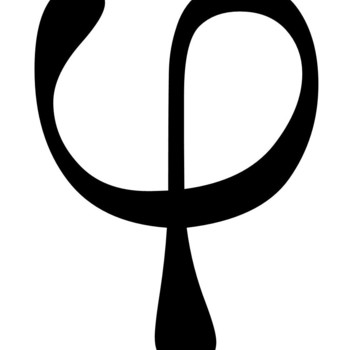We have:
#lim_(xrarroo)arctan(x^5-x^9)#
According to the limit chain rule, we have #lim_(xrarra)f(g(x))#. To solve this, we find #lim_(xrarra)g(x)#. Say this is equal to #b#. Then, we find #lim_(urarrb)f(u)#. This answer will be the solution to our first limit.
Here, #a=oo, f(x)=arctan(x)# and #g(x)=x^5-x^9#. First we find:
#lim_(xrarroo)x^5-x^9=-oo#. This is because whenever we have #lim_(xrarroo)(ax^n+...bx+c)#, it is #-oo# when #n# is odd and #a<0#.
So now we have:
#lim_(urarr-oo)arctan(u)#
We can't solve this algebraically, but if we graph it:
graph{arctan(x) [-32.49, 32.46, -16.24, 16.25]}
We see it approaches #-pi/2#. It is important to note that #lim_(xrarroo)arctanx=pi/2# and #lim_(xrarr-oo)arctanx=-pi/2#
So we have #-pi/2#.

